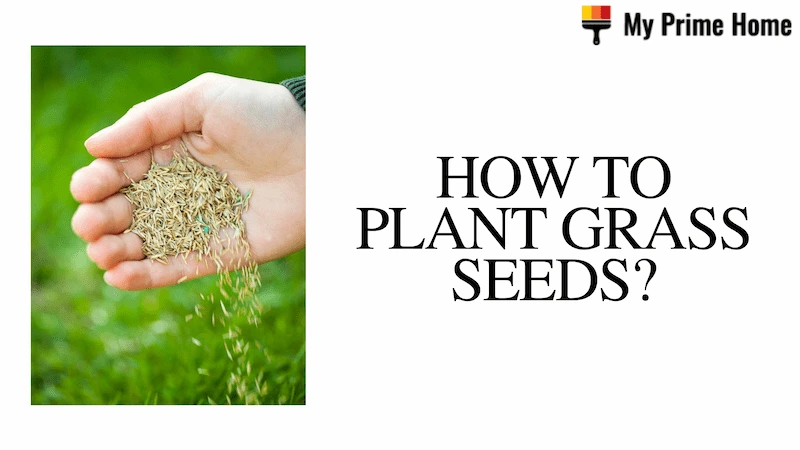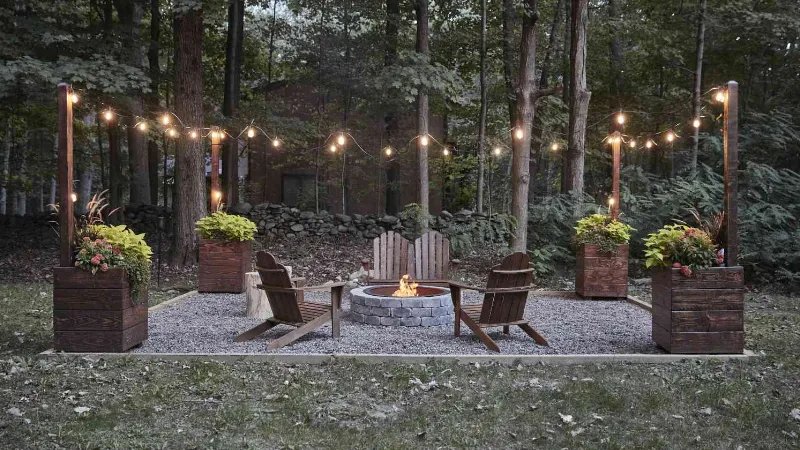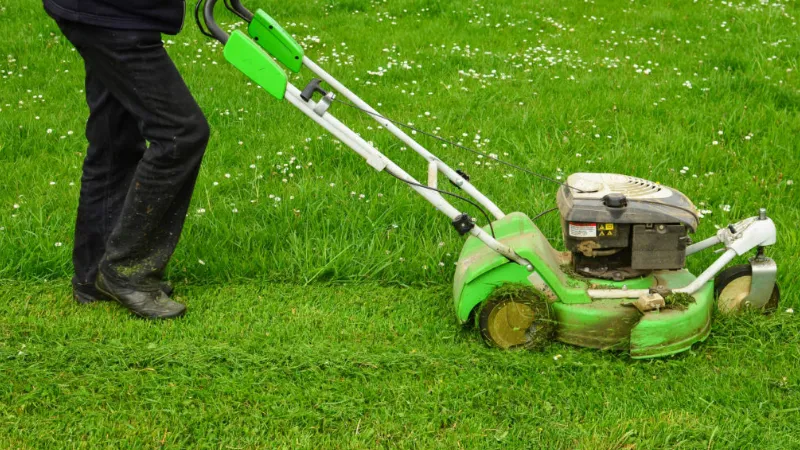You are aware that watering can occasionally be annoying, right? Below will give you jade plant watering tips. How often to water jade plants? Continue reading.
Since jade plants are succulents (they store water in their leaves), they do better when their top 1 to 2 inches of soil are allowed to dry out between waterings. Watering once every two to three weeks will probably be necessary indoors, but be sure to check often!
Please read on for more detailed informatino.
How Often to Water Jade Plants?
Exactly how often to water jade plants depends on many things, including whether they are indoors or outside.
Important variables that affect how much moisture they require include the amount of humidity, sunlight, temperature, size, and season. A moisture meter will tell you when it’s time.
Small jades will dry out faster than larger ones. Therefore, if yours is in a 6 Prime pot or smaller, check them every week or so.
You can check larger potted ones monthly. Rain is usually all they require if they are rooted in the ground.
How Much to Water a Jade Plant?
Jade plants don’t require very much water at all, as I already mentioned, so don’t go overboard.
Depending on the environment and size, they may require a specific quantity. Therefore, I can’t really tell you how much to give in terms of a standard or set amount.
The best approach is to give them a sizable drink until the liquid is pooling on top, and then make sure all the liquid completely drains out of the pot.

Overwatering Symptoms
Giving them too much water seems to be the main issue, at least in my experience.
Sometimes the symptoms are very subtle, and you don’t even realize you’re overwatering until it’s too late.
Here are the main signs of an overwatered jade plant to watch out for:
- Leaves turning yellow
- Stems are droopy
- Seemingly healthy leaves start dropping off
- Whole branches are falling off
- Shriveled leaves that don’t plump back up after watering
- The main trunk is extremely soft or mushy
- Rotting stems and leaves
Under Watering Symptoms
Never let the soil dry out to the point where it begins to pull away from the sides of the pot, even though plants prefer to be under-watered.
Remember that if yours begins to exhibit the symptoms listed below, it might be the result of prior overwatering. Therefore, you should always confirm that the issue is a true lack of water.
The main symptoms of an under watered jade plant are:
- Soft leaves and stems
- Shriveling leaves or stems
- Leaves turn brown and dry out
- Dead leaves drop off the plant
- Wrinkled leaves start turning red or purple

Factors to Consider When Watering a Jade Plant
Here are the details:
Proper Temperature for Jade Plants
With the exception of freezing temperatures, jade plants can withstand a wide range of temperatures.
It thrives in temperatures between 50 and 55 degrees Fahrenheit (10 to 13 degrees Celsius) at night and 65 to 75 degrees (18 to 24 degrees Celsius) during the day.
Temperatures typically drop during the winter, which could cause your jade plant to perish.
Bring your plant inside if you can, and water it once or twice a month.
Location
Your jade plant might dry out very quickly if the air in your home isn’t very humid.
Every five to seven days, you might need to water.
You might only need to water your plants once every other week or less if you live in a more humid area.
I advise misting the leaves in the morning if you believe that your jade plant would benefit from increased humidity so that they have time to dry out before the cool evening.
Top watering tips:
Fertilizing Your Jade Plant
I apply a well-balanced water-soluble fertilizer.
It is advised to feed your jade plant with an organic fertilizer only occasionally, or roughly every six months.
Only add fertilizer to the soil that is damp when growing succulents because dry soil can harm the plant.
Meanwhile, overfertilizing can make lead to salts building up in the soil – which can also burn a jade plant.
Recently, we gave this pre-measured, slow-release fertilizer a try.
Because you don’t have to consider how much or when, we believe this is brilliant.
Simply sprinkle this succulent fertilizer onto your plant, and presto! Your fertilizer will slowly release without you having to worry about how much to use or risking burning your plants.

What Kind of Soil Do Jade Plants Like?
Keep in mind that succulents require their roots to quickly dry out.
Normal potting soil works well most of the time, but it is too wet.
If you’re using well-draining succulent soil, you can water a little bit more than if you’re using normal potting soil.
You can also choose a quick-draining mixture or add an inorganic ingredient like perlite and pumice to a standard potting mix to improve drainage.
I have discovered that a mixture of sandy loam, organic matter, and peat moss provides a good growing environment.
We advise buying premium pre-mixed succulent soil instead of fiddling with the potting soil.
Our jade plants have thrived in succulent soil mix that we’ve used in the past.
Pot
Large pots hold onto water better. I advise using a ceramic or clay pot with a good and efficient drainage hole.
Avoid setting the bottom of the pot directly in the water to avoid root rot.
I know I’ve said this before, but a self-watering planter with drainage offers the best of both worlds.
If you don’t want a clay or ceramic pot, a self-watering pot is a good alternative.
Trimming
Plants need to be trimmed last. To stop infections, you can apply waterproof wood glue to open wounds.

How Much Light Does Your Jade Plant Get?
These succulents can thrive in various lighting situations. For best growth, the jade plant requires an abundance of bright light. For jade plants indoors, a south-facing window is a great place. Even in direct sunlight, it can grow.
If your jade plant doesn’t get enough light, the stems will be much thinner and break off easily.
If your jade is growing outdoors in the sun, water it every 10 to 14 days.
A 10–14 day watering cycle may be successful for jade growing indoors in a window with bright light. What supports a plant’s ability to survive away from direct sunlight on a kitchen counter or office desk?
Start by watering every two to three weeks.
Plants communicate their discomfort when the light conditions change. Here is a reader example.
Question: On a table beneath a skylight, my jade plant thrived. I’ve moved, and now it gets direct morning sunlight. The leaves are rapidly disintegrating. What can 1 do?
Answer: Your jade plant is suffering from “environmental-change trauma” or acclimating.
It is now being exposed to brighter, more intense light after acclimating to relatively low light levels.
Leaf drop happens whenever there is a sudden change in a plant’s environment.
As the plant readjusts, the loss ought to decrease and eventually end. Sparingly mist the succulents! In between waterings, let the top two inches of the soil dry out.

How to Feed Jade Plants?
After a month or so, start feeding jade plants when you water them with Miracle-Gro® Succulent Plant Food, which is made to instantly provide succulent plants with the precise kind and quantity of food they require to grow beautifully. Apply it directly to the ground (be sure to follow the directions!)) and water as normal. For smaller pots (under 6 inches in diameter), use 2 pumps; for larger pots (over 6 inches in diameter), use 5.
How to Prune Jade Plants?
Only when you notice dead, dying, or shriveled branches on jade plants should you prune them. If that occurs, simply cut them off. Jade plants are really forgiving and will just keep growing wherever you cut. If you’d like, you could prune them to take the shape of bonsai trees.
How to Create More Jade Plants?
Has one of your friends fallen in love with your jade plant? The good news is that it’s ridiculously simple to multiply (or propagate) these plants. Just break off a piece, strip off the lower leaves, and let the bottom of the cut piece (called a cutting) dry out for a couple of days. Give your friend the cutting after planting it in some potting soil. Tell them to keep the soil just a little bit damp, and then to begin watering frequently once they give the cutting a tug and feel some resistance, which will indicate that it has developed roots and is able to absorb water. Jade plants can also be multiplied by simply burying a picked leaf in the ground and watching for roots and baby leaves to appear at the base.

Crassula Watering FAQs
Does a Jade Plant Need Water?
Jade plants do indeed require water to survive. However, if yours is outside in a garden, it typically won’t need any additional moisture in addition to what it receives from rain.
How Much Water Does a Jade Plant Need?
Jade plants require very little water. Numerous factors, such as size and location, affect the precise amount. However, they must completely dry out in between waterings. A moisture meter will help you figure it out.
Do You Water a Jade Plant from the Top Or Bottom?
Watering a jade plant is best done from the top. It’s bad practice to start watering from the bottom. It is much harder to gauge how wet the soil is when the water soaks up from the bottom.
Do Jade Plants Like Humidity?
No, humidity is not a favorite of jade plants. Their natural environment has dry, arid air akin to a desert. They will rot if there is too much humidity.
Summary: How Often to Water Jade Plant?
Regularly watering your jade plant is not advised. Water your jade plant only when the top layer of soil feels dry to the touch. The absence of water in the environment is most likely to blame if your jade plant is losing leaves or developing leaf spots. When the soil is still moist or damp, avoid watering your jade plant. This will result in a root rot problem.
If you have any questions, please leave a comment. My Prime Home tries to give you the best home improvement information. Thank you for reading.
Read about



